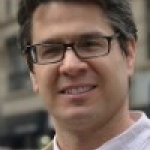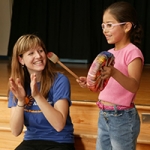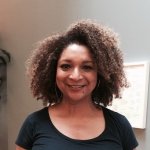In 2014, Animating Democracy, in partnership with the Art x Culture x Social Justice Network (ACSJN) and the Nathan Cummings Foundation launched the Evaluation Learning Lab. The lab builds practical knowledge and resources in three areas as they relate to arts and social change projects and programs: measuring social impact, evaluating artistic/aesthetic dimensions, and equalizing power in evaluation.
Over the past year, guided by the Lab’s theory of change, we’ve gathered 20 artists, arts practitioners, funders, and evaluators in learning exchanges that combined case studies, presentations and discussion around existing evaluation theories and approaches, analysis of current frameworks, criteria, guidelines, and tools, and development of new tools for ethical practices.
Read More































